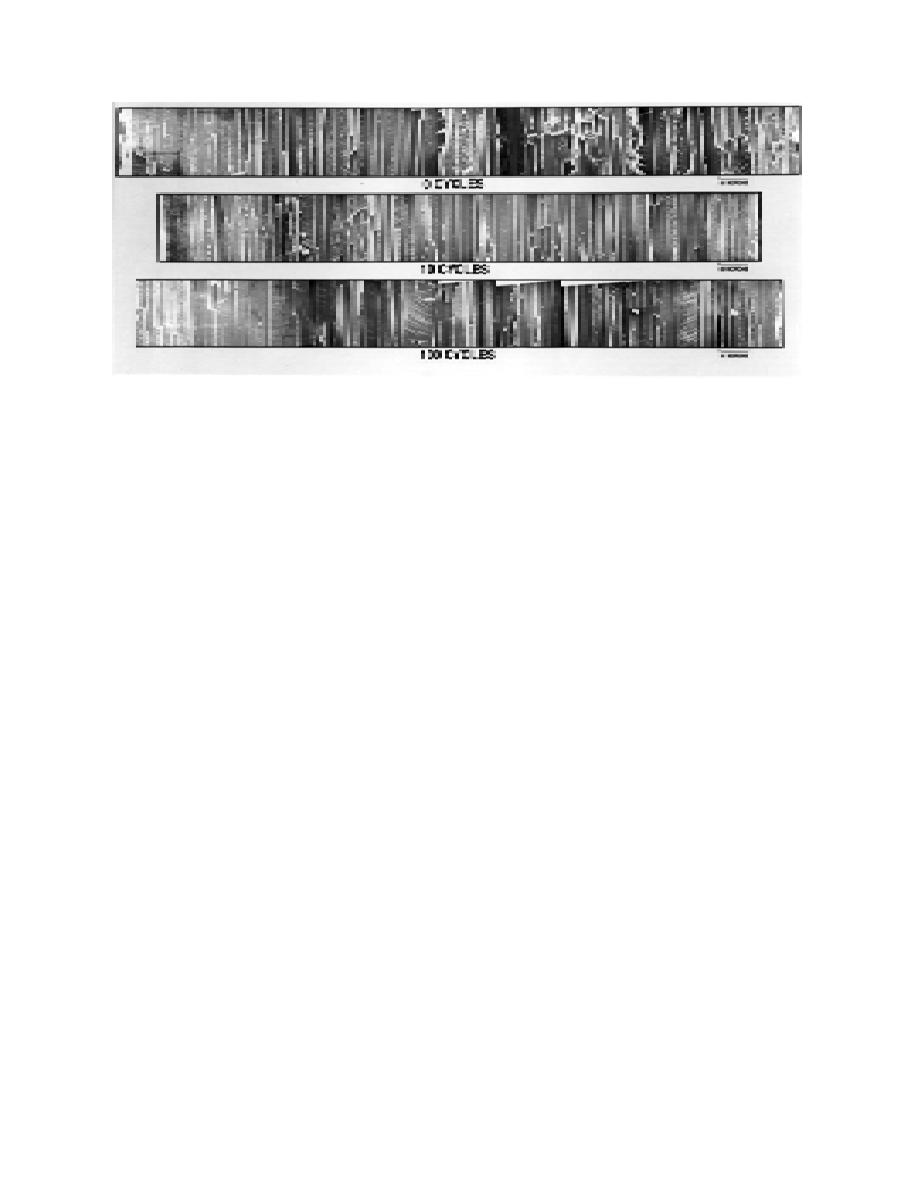
Figure 8. Scanning electron micrographs of a 7-ply AS-4/3501 laminate transverse fracture surface from static
tension test after low temperature thermal cycling (Dutta and Taylor 1989).
fiber at an equal angle toward the first fiber, and
by hackle marks must reflect the increase in total
the process then would be repeated. The distance
impact energy absorbed. We are aware from the
between successive reflections from the same fiber
work of Grady (1982) at Sandia Laboratories of
then represents a wavelength, and its proportion-
the decrease in the mean size of fragments pro-
ality to interfiber separation follows from the geo-
duced as the strain rate is increased, which results
metric similarity of the construction of wave reflec-
in a greater density of the energy absorption per
tions. Such constructions are present in models of
unit volume of the fractured and fragmented ma-
terial. We have appropriated these results to the
sures (Beranek and Leo 1982).
case of impact by postulating a proportionality
The explanation offered here is that the hackle
between strain rate and projectile velocity. We now
marks result from intense resonant vibrations of
hypothesize that the hackle mark wavelength is a
the matrix polymer cavity contained between the
function only of the inter-fiber space occupied by
points of closest proximity of two adjacent fibers.
matrix, and the distance between transverse ma-
These oscillations are considered to be so intense
trix and their characteristic length is associated
that the brittle matrix polymer is pulverized in
with the rate of impact event. We should continue
regions surrounding the antinodes of these stand-
to expect that the percentage coverage of the inter-
ing wave vibration modes. The shape of these
ply surface region by hackle marks should increase
hackle marks are therefore reflections of both the
with the vehemence of the impact (that is, the
failure stress criterion and the intensity of vibra-
strain rate or projectile arrival velocity) and that
tion present in the composite during the impact
the amount of material missing from the region
event.
occupied by hackle marks should likewise increase
We consider that the hackle marks represent a
with the applied intensity of the impact.
significant augmentation of the surface area of a
One must also expect that there may be a vari-
fragment and therefore also a correspondingly
ation in the height of hackle marks relative to the
large store of surface free energy. We speculate that
distance from the impact face to the lamina in ques-
the spatial frequency must increase with the speed
tion. In the current study the fragment location
of impact, because our observations had been that
relative to the impact surface was not determined.
the total energy absorbed (as measured by the de-
crease in kinetic energy of the projectile) increased
CONCLUDING REMARKS
with the velocity of the impact. A higher spatial
Initial results from ballistic impact tests have
frequency would represent an increase in surface
shown increased energy absorption at higher
area assuming the amplitude of the undulations
impact velocities. An analysis of the energy parti-
remained constant. It is also conjectured that if the
tioning between various mechanisms of energy
spatial frequency of the hackle marks did not
absorption is important in understanding the bal-
increase with projectile speed, then perhaps the
listic impact resistance of the material. Laminated
fractional coverage of the surface of a fragment
7



 Previous Page
Previous Page
